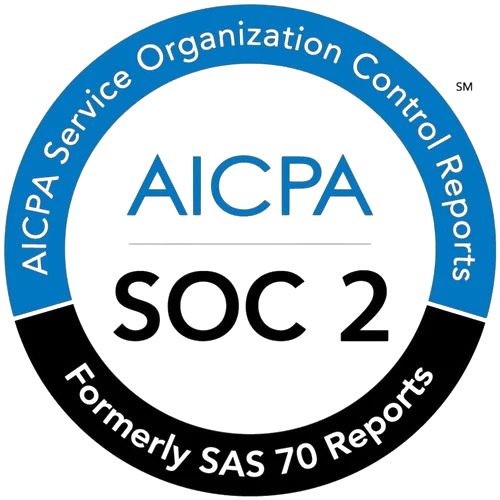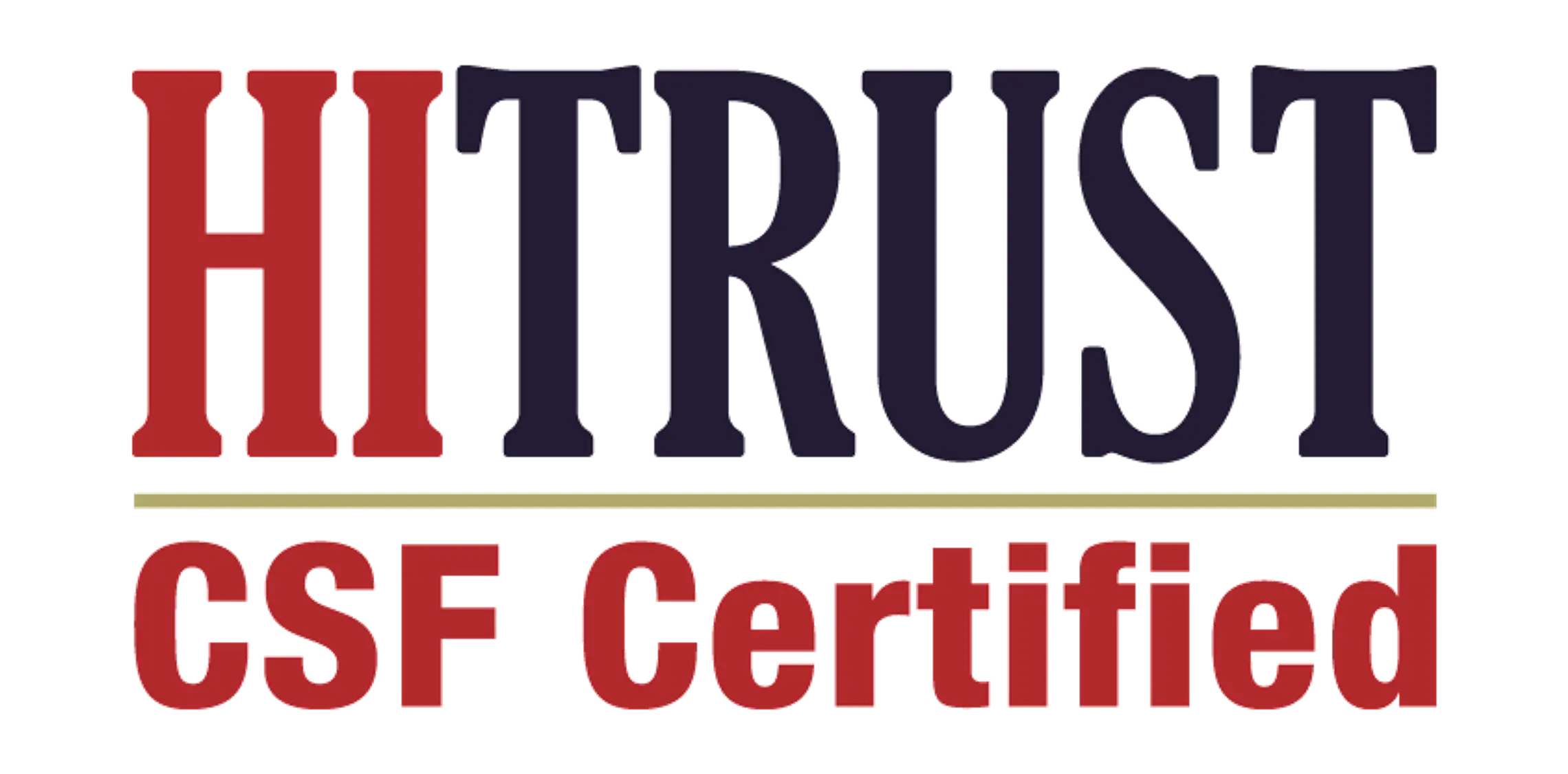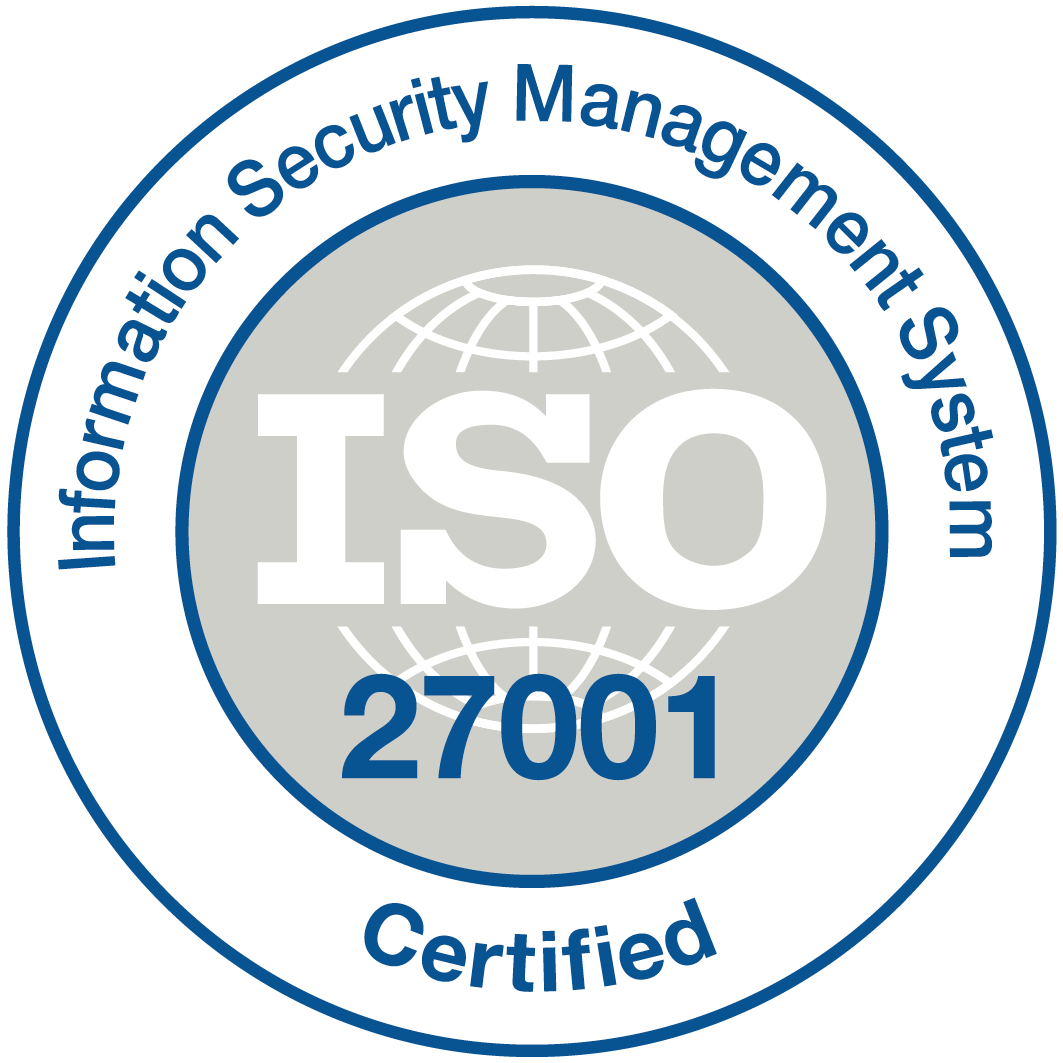Unlocking the power of population health management: A game changer for employers

In today’s rapidly evolving healthcare landscape, employers are increasingly recognizing the importance of prioritizing employee health as a critical component of business success. Population Health Management (PHM) — a data-driven approach that enables organizations to enhance employee well-being while simultaneously reducing healthcare costs. But what exactly is population health management, and how can it benefit employers? Let’s delve into the details.
Understanding Population Health Management
At its core, Population Health Management refers to the systematic approach of analyzing and addressing the health outcomes of a defined group of individuals — in this case, employees. This encompasses not only assessing health status and needs but also implementing strategies to improve overall health, reduce health disparities, and promote preventive care.
PHM employs data analytics to aggregate information from various sources, including electronic health records, insurance claims, and wellness program participation. By analyzing this data, employers can identify trends, assess risks, and tailor intervention strategies that specifically target the unique health needs of their workforce.
The Benefits for Employers
1. Cost Reduction: One of the most pressing concerns for employers is healthcare expenditure. By identifying potential health risks early on, PHM can help employers implement targeted interventions that reduce the incidence of chronic diseases, ultimately leading to lower healthcare costs. Healthier employees mean fewer claims and reduced spending on medical care.
2. Enhanced Employee Engagement and Productivity: When employees feel that their well-being is prioritized, their engagement and productivity tend to increase. PHM initiatives often include wellness programs, mental health resources, and chronic disease management, which can enhance job satisfaction and morale. Engaged employees are not only more productive but also more likely to contribute positively to the workplace culture.
3. Improved Health Outcomes: With targeted interventions, employees can receive the support they need to manage their health effectively. PHM focuses on preventive care, making it easier for employees to access screenings, vaccinations, and resources for managing chronic conditions. The result is a healthier workforce with improved overall health outcomes.
4. Tailored Solutions: Each workforce is unique, with varied health needs and challenges. PHM allows employers to devise tailored health strategies based on demographic data, employee feedback, and health trends. This personalized approach can yield better results and foster a sense of community among employees.
5. Compliance and Risk Management: PHM helps employers stay compliant with health regulations and requires them to follow best practices for employee health. By focusing on population health, employers can reduce the risk of legal issues and liabilities related to employee health management.
Implementing Population Health Management
To successfully implement PHM, employers should start by gathering and analyzing employee health data, engaging in meaningful communication, and collaborating with healthcare partners. Developing a comprehensive wellness program that addresses physical, mental, and social health is crucial.
Investing in technology, such as health tracking apps or platforms that simplify communication between employees and healthcare providers, can seamlessly integrate PHM into the workplace.
Population Health Management is more than just a strategic initiative; it is an investment in one of an organization’s most valuable assets — its workforce. By prioritizing employee health, employers can foster a vibrant workplace culture, enhance employee satisfaction, and ultimately drive business success. In today’s competitive market, embracing PHM is not just a choice; it’s a necessity for organizations seeking a sustainable future.






